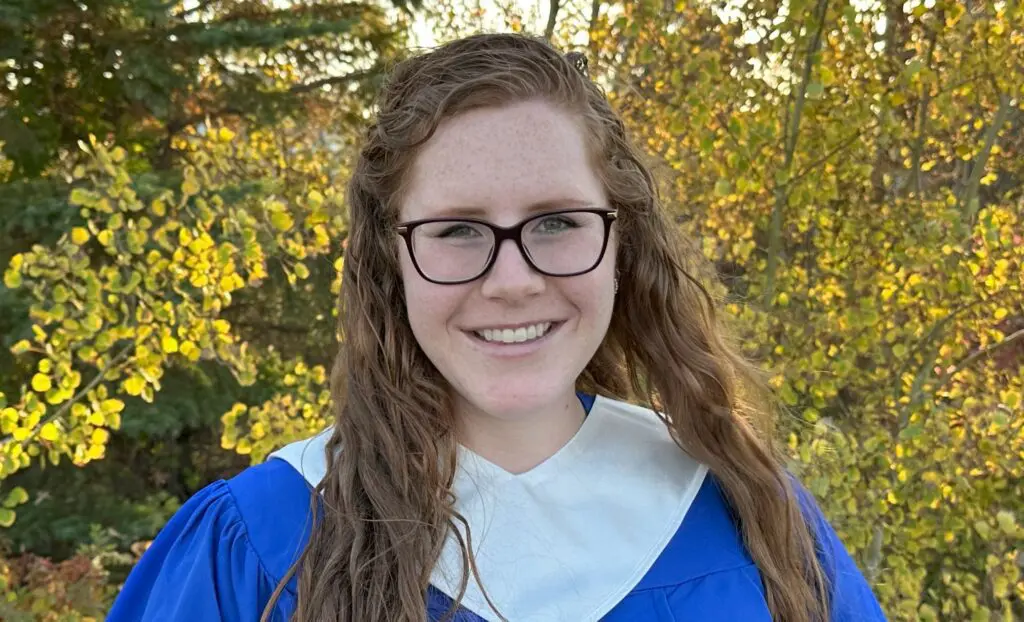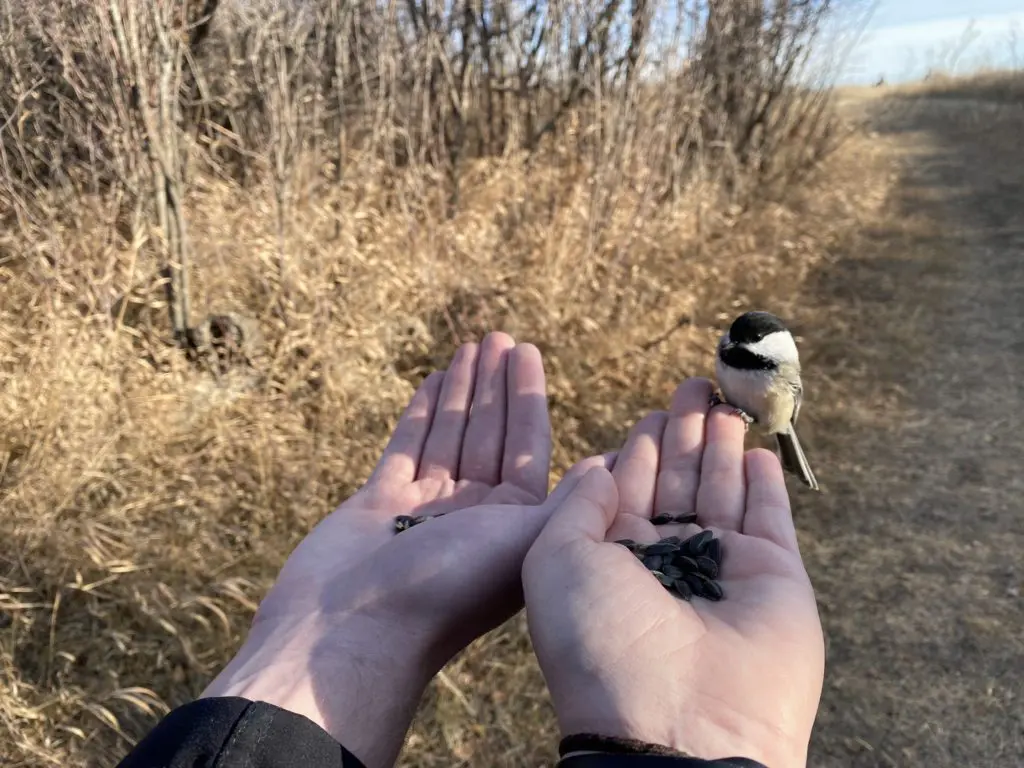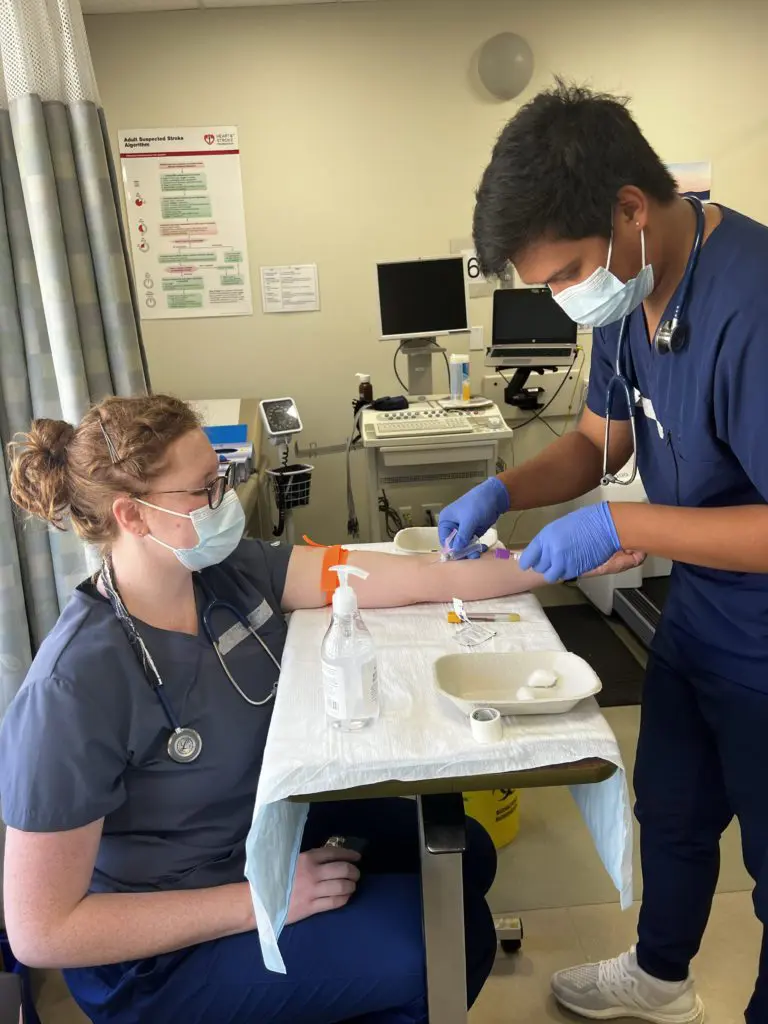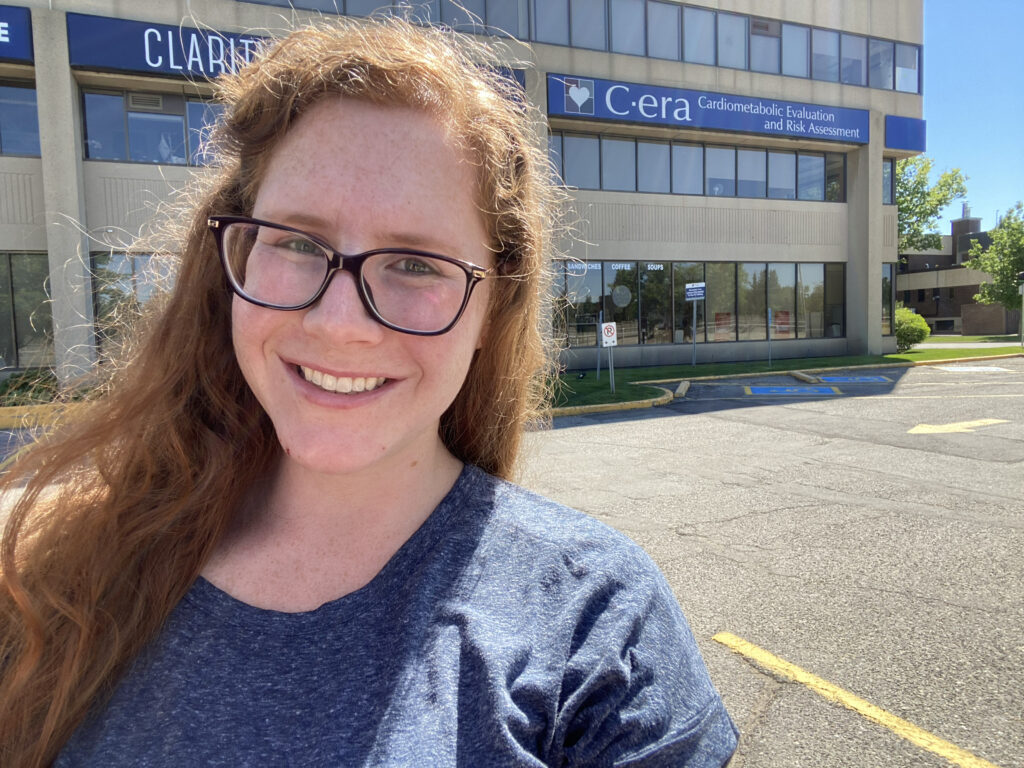Hello Everyone,
I hope that everyone is doing great! In this blog I would like to talk about our previous MLA course. It was for sure one of the most frightening courses I’ve ever had because of the idea having to cut into another person’s vein to complete blood work. Even though I’ve chosen Cardiology Technology as my program to graduate and which does not require invasive procedures, some hospitals do expect Cardiology Technologists to complete blood work on patients who are for example in Pre admission clinics where they get prepared for surgeries. Therefore, Stenberg College prepared us so that in case we get hired at a hospital which requires us to complete blood work we know how to perform Phlebotomy.
Fortunately enough, we have been gifted with another great Teacher which has a humongous amount of experience in the field of Phlebotomy and who has worked very hard to train us to complete the course with mastery. The MLA course has a duration of 2 weeks + additional once a week afternoon lab sessions in which we complete our 20 successful Venipuncture.
Introduction to Phlebotomy
We started off the course with an introduction to Phlebotomy which involved a lot of theoretical knowledge prior to the practical part. Theoretical knowledge involved knowing the principles of systematic blood drawing orders including the names of each tubes in which the blood is collected into with the tube names and which tests were done within it. From my point of view I found the theoretical portion quiet intense for a 2 week course. But, I must say that I learned a lot! We were also learning the anatomical portion which included the names of the veins from which blood is drawn from and also anatomy of the heart which to be honest, was the easier part of after all these Cardiology courses we have behind us.
After, we have finished the introductory portion we have started to practice applying tourniquets on each other the proper way. After that we have started to palpate veins on simulations arms and started to also use needles and practice phlebotomy on simulations arms so that our teacher could observe us and provide us with some feedback so that we could continue improving our skills until we were ready perform venipuncture on each other.
Performing Phlebotomy
Having to complete 20 successful Venipuncture is definitely a lot but with the help of my classmates and teacher this has been something possible to complete. The hardest of all was having to draw blood from someone on which the vein was too hard to palpate or even visible. These kinds of veins were the ones on which some of us could not complete a blood drawing. At times like this our teacher stepped forward and guided as throughout so that we could learn how to solve the problem and perform venipuncture properly.
It is quite impressive how I have won trust from my classmates and even strangers who were brave enough to let me perform Phlebotomy on their arm. Also it takes a lot of practice to glide the needle into the vein smoothly so that the person does only feel a pinch instead of real pain. To be honest, during Phlebotomy the patient should only feel a pinch and not more than that.
I hope that this blog has been informative to everyone who is eager to take this course. If you have any questions regards this course or in general, feel free to message me.
Thank you.
All is well!
Regards,
Check out a video of our cardio tech students in action.






![An ECG demonstrates the extensive antero-septal-lateral myocardial infarction [heart attack] that Taryn witnessed.](https://stenbergcollege.com/wp-content/smush-webp/2022/12/ecg-1024x530.jpg.webp)



